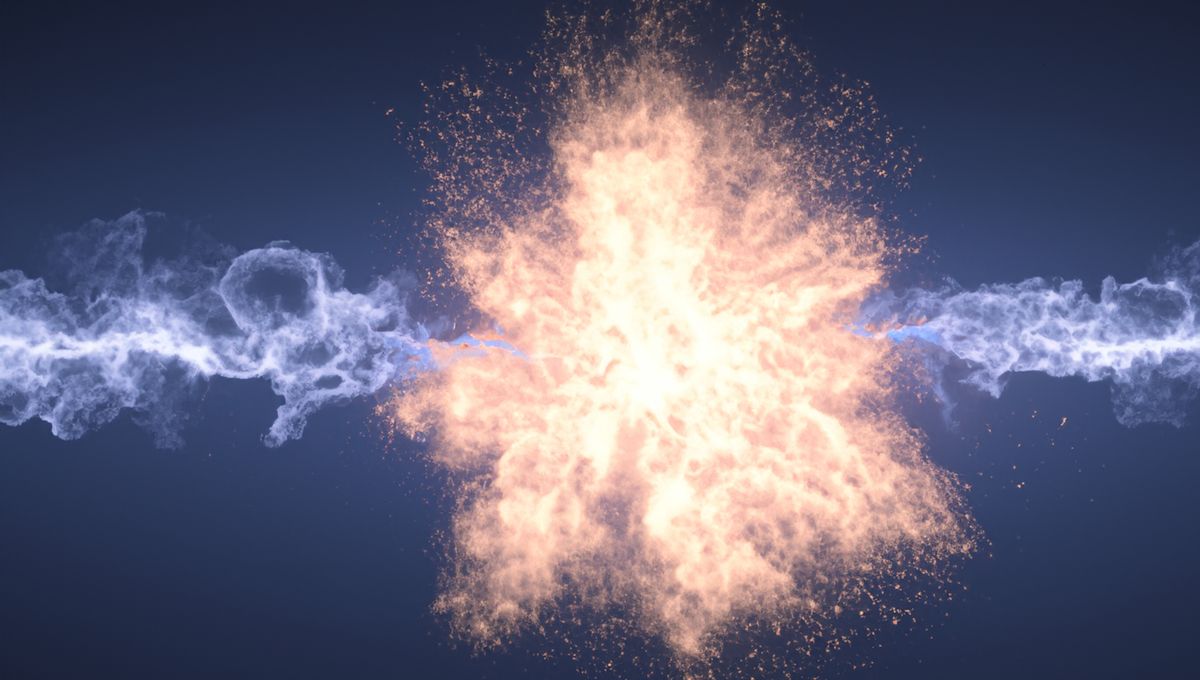
When you have a good idea, it is never too early to try it out. That is certainly the case for 17-year-old Cesare Mencarini, an Italian high school student at Cardiff Sixth Form College’s Cambridge campus. As a project for the Extended Project Qualification, he built a nuclear fusion reactor, which not only made him reach top marks, but also allowed him to get a work placement before university, and present his work at the Cambridge Science Festival.
The inspiration for the project came from a YouTube video and Mencarini had to teach himself electrical and coding skills. The goal was to create plasma hot enough to generate neutrons. Given the limitations of the design and a budget of just over $6,500 (£5,000), the student had to get creative. Parts of the reactors were custom-made, and the coding and controls were hosted on a Raspberry Pi system.
“The college was initially concerned that this project, which I have also used for my EPQ, was dangerous,” Mencarini said in a statement. “However we did full risk assessments and the staff have been so supportive.”
“I had to adapt the design to fit in with the budget and my aim is to encourage other young people to develop ideas and think about how we can improve our world and be innovative. The purpose of the reactor is to produce the necessary conditions for fusion to take place. However, as we cannot get the same pressure achieved by the Sun’s own gravity here, we have to use a high voltage to get the atoms hot enough.”
Mencarini was able to create plasma, but he did not achieve fusion. Still, given the challenges in actually reaching fusion in a full-scale nationally funded reaction, getting as far as he got is extremely impressive. His work impressed Dr Yannick Verbelen, a senior associate from the University of Bristol, who has offered him a placement for the next year to work on larger reactors.
“This is an extremely exciting project and has taken 1.5 years in the making,” said Dr Julian Davies, Head of Cardiff Sixth Form College Cambridge. “We want to give our students the opportunity to work on projects that interest them as well as teaching them how to pass exams and to be brave in enabling them to take risks and develop projects that are applicable to real life situations. Cesare has been outstanding in his work ethic and will no doubt make a significant impact on the energy industry in the future.”
Mencarini plans to pursue a degree in engineering and is aiming to apply to university during his year working in Bristol.
Source Link: 17-Year-Old Builds A Nuclear Reactor For High School Qualification